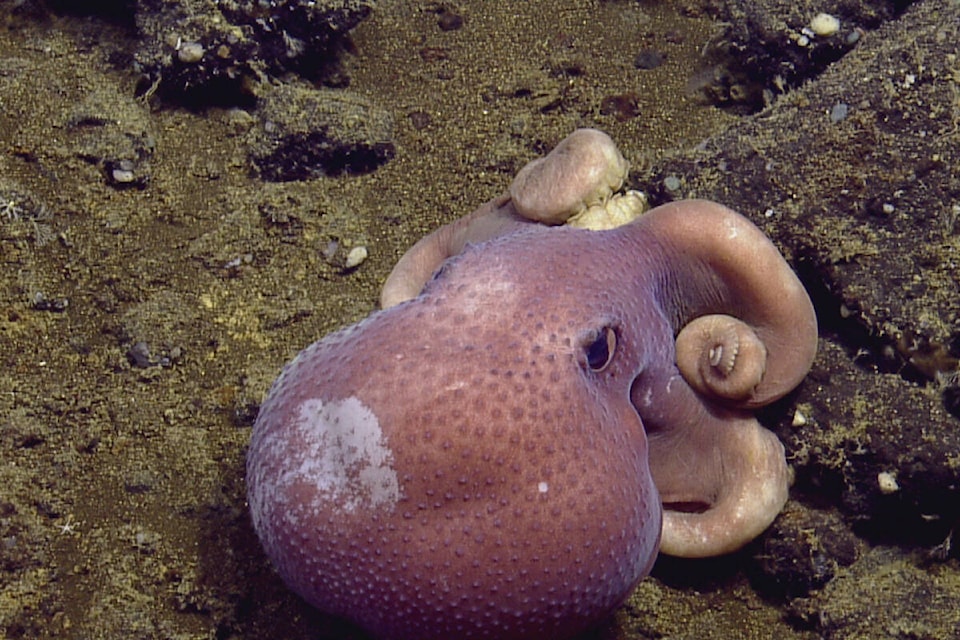University of Victoria researchers are gathering data from depths never explored in an area off Canada’s west coast thanks to the deployment of new ocean monitoring devices.
Ocean Networks Canada (ONC), a UVic data-collecting facility, has launched five autonomous deep-sea Argo floats, which have garnered the nickname “droids of the deep.”
The cylindrical devices can collect vital ocean data while travelling up and down between the ocean’s surface and the seafloor.
The new floats are the first ones equipped with a dissolved oxygen sensor to explore depths below two kilometres in the northeast Pacific Ocean. That will help researchers assess the distribution of low-oxygen waters in the studied area.
“The deep waters of the northeast Pacific have been losing oxygen due to climate change, which threatens ecosystem stability,” ONC senior staff scientist Kohen Bauer said in a Tuesday (Dec. 5) news release.
The devices were deployed during expeditions led by Fisheries and Oceans Canada this year and are now transmitting ocean data.
Most of the 3,800 floats operating in waters worldwide can only reach two kilometres below the surface, but Ocean Networks Canada’s new droids can reach two times that depth. The agency’s CEO Kate Moran said more than half of the ocean’s volume lies below 2,000 metres, so the new floats will improve understanding of the sea and the impacts of a warming climate.

The machines can also measure temperature, seawater salinity, pressure and the amount of oxygen gas in seawater, which most marine species rely on to survive, ONC said.
“With early detection, there is potential for protecting coastal aquaculture industry resources before low oxygen conditions emerge,” Moran said.
After collecting data from the depths, the battery-powered devices ascend until they breach the surface, at which point they relay the oceanic readings via satellite before submerging again to restart the information-gathering cycle.
ONC said the deployments expand the Canadian contributions to the Argo program, the largest ocean climate monitoring system in the world. The program is bringing more certainty to global heat storage estimates, which the UVic monitoring agency said will help projections on sea level rise.
Internationally, the Argo programs are expected to help identify ocean heat waves and its tracking of salinity data allows for global rainfall and ocean circulation patterns to be studied.
READ: Expedition explores supervolcanoes and deep-sea firsts in B.C. waters
